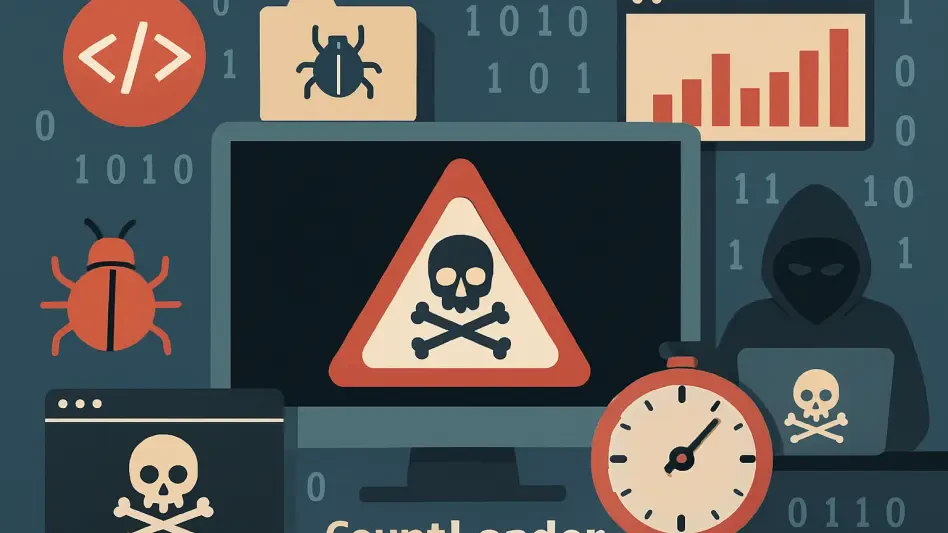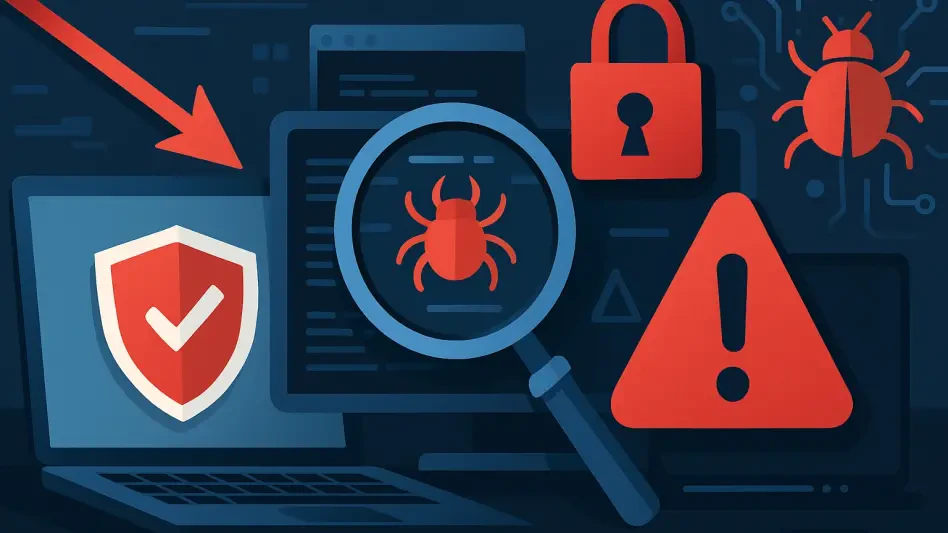In a dramatic and collaborative move, law enforcement agencies around the world orchestrated a strike against a tech support scam operation nestled in Noida, India. This scheme had ensnared victims across continents, reminding us of the pervasive threat cybercrimes pose to individuals and economies alike. With cybercrime becoming a ubiquitous menace, this operation raises fundamental questions about our collective ability to tackle these sophisticated threats and illustrates the power and rarity of international cooperation in counteracting such schemes.
Global Reach and Devastation of Tech Scams
Tech scams have become alarmingly predominant, impacting victims from diverse geographic regions. These fraudulent activities exploit vulnerabilities in cybersecurity and personal data protection, leaving a type of wreckage often underestimated. Victims face not only financial strain but also significant emotional distress, amplifying urgency for enhanced measures to fight this growing issue. With digital interactions increasing, the necessity for robust cybersecurity frameworks and vigilant digital habits has never been more crucial.
Anatomy of Operation Chakra-V
Operation Chakra-V represents a landmark effort between global law enforcement entities. Spearheaded by India’s Central Bureau of Investigation, with vital support from the UK’s National Crime Agency and the FBI, the operation aimed to dismantle a tech support scam that defrauded victims in the UK, US, and Australia. Investigators encountered notable hurdles, such as the criminals’ use of spoofed numbers and VoIP technology to obscure identities. The scheme resulted in at least £390,000 in losses for UK victims alone, emphasizing the substantial financial ramifications of such fraud.
Voices from the Frontline
As the operation unfolded, officials underscored the pivotal role of cooperative strategies in overcoming jurisdictional challenges inherent in cybercrime cases. Insights from within the operation revealed the intricacies and dynamic nature of tracking elusive cybercriminals who cunningly adapt their tactics. Expert commentators from the cybersecurity sector noted that evolving methods used by scammers require constant vigilance and adaptation by authorities and individuals alike. As one expert put it, “Staying ahead in this digital arms race demands unprecedented levels of collaboration and resource sharing.”
Strategies for a United Front Against Cyber Fraud
The fight against cyber fraud requires both local and international law enforcement to engage in synchronized efforts. It involves not just policing but creating resilient frameworks that deter such crimes from flourishing. Public-private partnerships are critical in enhancing cybersecurity infrastructure, with stakeholders sharing resources and knowledge to bolster defenses. On an individual level, awareness and education about securing personal data are vital in preventing scams. Ultimately, global synergies and shared intelligence are paramount in strengthening defenses against the ever-evolving landscape of cyber threats.
Reflecting on this groundbreaking operation, it’s evident the collaborative approach taken marked a significant milestone in mapping out strategies to combat complex cybercrimes. The pursuit should be to expand the successes achieved, embedding a culture of collaboration and cutting-edge technology into future efforts. While Operation Chakra-V demonstrated what is possible when nations unite against a common adversary, the path forward rests in maintaining momentum and fostering innovation in crime prevention and cyber defense strategies.







